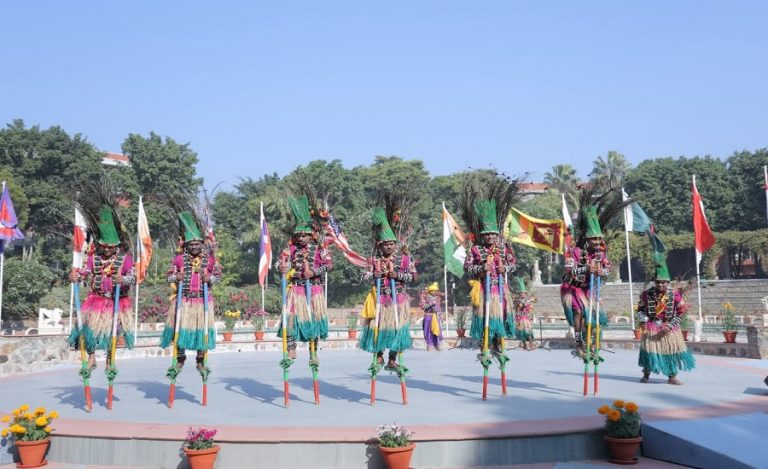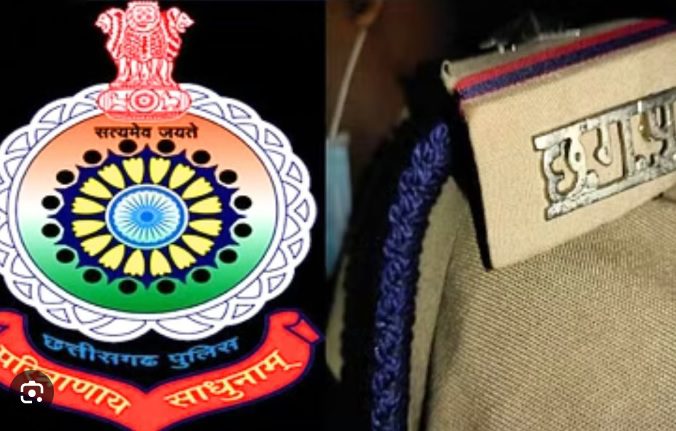Jammu Kashmir: In the early hours of 5 November 2025, the Operation Chhatru – a coordinated anti-terror strike – was launched in the remote forested terrain of the Chhatru region in the Kishtwar district of Jammu & Kashmir. This swift response by the security forces is driven by specific intelligence input regarding the presence of terrorists in the area.
According to official sources, the operation saw joint deployment of the Jammu & Kashmir Police, the Indian Army’s White Knight Corps (16 Corps) and the Central Reserve Police Force (CRPF).
The operation underscores the continuing focus of Indian security forces on the Jammu Division’s hilly districts, long regarded as difficult terrain where militants may seek cover. With the encounter still underway, all eyes remain on how the situation unfolds.
Background of the Operation Chhatru
Kishtwar has in recent years emerged as a challenging zone for counter-terror operations thanks to its rugged terrain and dense forests. Multiple operations have been carried out in the district, in areas such as Chhatru, Dul and Kanzal Mandu, based on credible intelligence inputs.
For example:
- On 2 July 2025, a joint search in Kanzal Mandu led to contact with suspected militants from the outfit Jaish‑e‑Mohammed.
- On 10 August 2025, a gunfight broke out in the Dul area after forces received intelligence of a terrorist presence.
In this context, the current operation – labelled Operation Chhatru – forms part of a broader strategy of proactive intelligence-driven action in J&K’s difficult terrain.
What Happened – Operation Chhatru Unfolds
Intelligence Leads & Launch: According to the official update, the operation was triggered after specific and credible intelligence identified a terrorist presence in the general Chhatru area of Kishtwar. The joint team moved in during the early morning hours to exploit the intelligence window.
Deployment & Cordon: The White Knight Corps posted on X:
“Contact with Terrorists | Op Chhatru: alert troops … have established contact with terrorists in the general area of Chhatru. Fire exchanged … operation in progress.”
#WhiteKnightCorps | Contact with Terrorists | Op Chhatru
— White Knight Corps (@Whiteknight_IA) November 5, 2025
In an intelligence based operation, in concert with @JmuKmrPolice, in early morning hours today, alert troops of #WhiteKnightCorps have established contact with terrorists in general area of Chhatru. Fire exchanged with…
The area was cordoned off, additional reinforcements were deployed and the search operation escalated into an encounter when militants opened fire on approaching security personnel.
Encounter Status: As of the latest reports, the gun-battle is still active. The number of terrorists involved is estimated at three to four, hiding in challenging terrain. No confirmed figure of casualties or militant neutralisation has yet been released.
The joint forces are maintaining pressure, attempting to flush out hiding militants and secure the area.
Importance of Operation Chhatru
Strategic terrain: Kishtwar’s forested and mountainous terrain has long been a hideout for militants who attempt to exploit the difficult geography. Successful operations here mark a tactical achievement.
Intelligence edge: The explicit mention of “intelligence-based operation” signals an improved real‐time information network and faster deployment of joint forces.
Deterrence effect: Ongoing operations like Operation Chhatru serve as public deterrence signals to terrorist groups considering infiltration or hiding in these areas.
Civil-military coordination: Joint missions between Army, J&K Police and CRPF show enhanced coordination, which boosts operational effectiveness and lowers risks.
Region Snapshot: Kishtwar District
Located in the Jammu Division of Jammu & Kashmir, Kishtwar covers hilly and forested terrain. Over recent years, the district has witnessed multiple encounters and search operations, e.g., in Chhatru, Dul and Kanzal Mandu.
The terrain poses logistical and tactical challenges for both militants and security forces alike, making operations highly complex.
What to Watch For
- Confirmation of neutralisation: How many militants are neutralised and their identities.
- Casualty updates: If any security personnel were injured/killed, or if civilians were affected.
- Arms and ammunition seizure: Such operations often uncover hidden caches which indicate major logistic support for militants.
- Intelligence origin: Understanding how the input originated may shed light on infiltration channels or local help.
- Follow‐up operations: Whether forces conduct area dominance patrols or additional strikes in surrounding terrain.



























